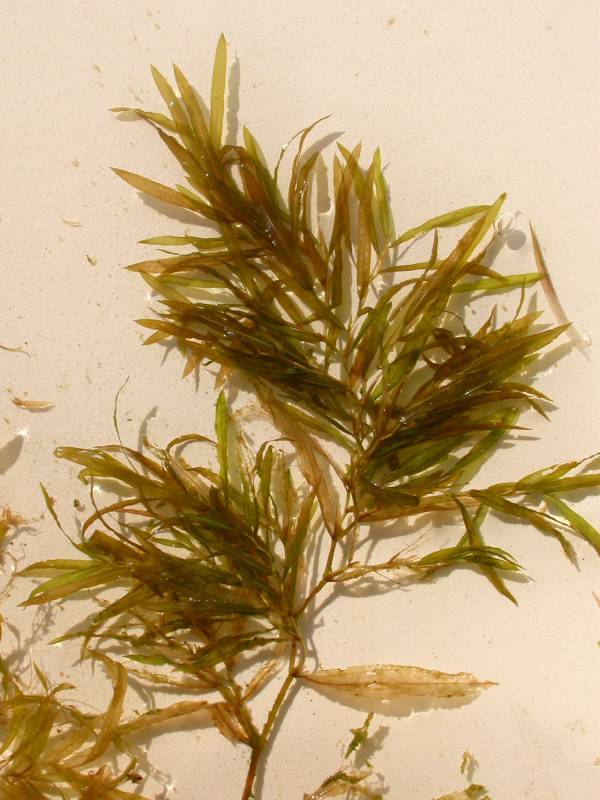Potamogeton gramineus
Potamogeton vaseyi
grassy pondweed, variable pondweed
Leaves alternate, the submersed leaves sessile, linear to lanceolate or oblanceolate, 3-9 cm. long and 3-10 mm. broad, 3- to 7-nerved; floating leaves long-petiolate, elliptic to oblong-elliptic, 2-5 cm. long and 1-2 cm. broad, 13- to 19-nerved;
stipules open, firm, up to 3 cm. long.
Flowers perfect, in 6-10 crowded whorls, in spikes 1.5-2.5 cm. long on peduncles 4-10 cm. long, stout, thickened upward;
perianth of 4 clawed segments, each with an upturned, oval blade;
stamens 4, fused with the claws;
pistils 4, sessile.
Achenes obliquely obovoid, 2-2.8 mm. long including the short stylar beak, the dorsal keel well developed, the lateral ones obscure.
Potamogeton gramineus
Potamogeton vaseyi
- Local floras:
BC,
CA,
OR,
WA
- Local Web sites:
CalFlora,
CalPhotos,
Flora NW,
PNW Herbaria
WildflowerSearch
iNaturalist (observations)
USDA Plants Database
- LBJ Wildflower Center
- SEINet
- Plants of the World Online
- Encyclopedia of Life
- Wikipedia
- Google Image Search


